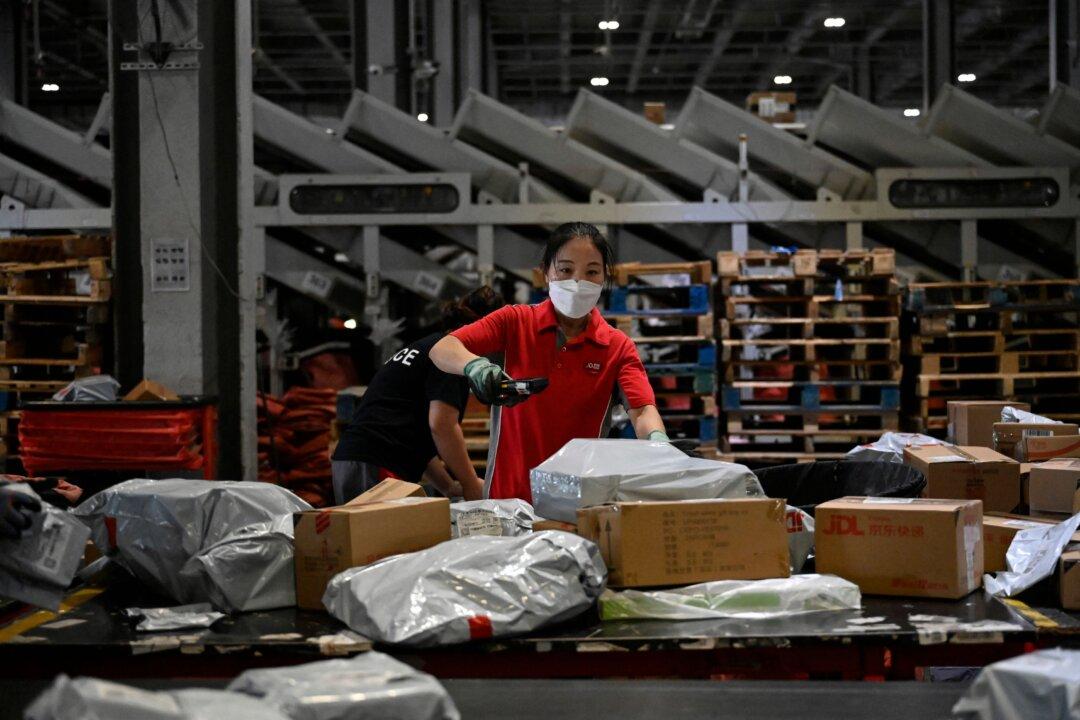The enormous debt accumulated by China’s local governments—primarily through opaque shadow banking channels—has become a major problem for the world’s second-largest economy as it grapples with deep economic uncertainty, and policymakers scramble for a “comprehensive solution.”
The massive indebtedness is not only contributing to rising levels of conflict between state and municipal authorities but also posing a hurdle to China’s efforts to stimulate the economy this year by raising infrastructure investment while warding off financial risks.





